Spring Walleye Run: Where and When to Hit It Right
As winter’s grip loosens and ice begins to recede from northern waters, a remarkable natural phenomenon unfolds beneath the surface. The spring walleye run represents one of the most anticipated seasonal fishing events across North America, drawing anglers from far and wide to riverbanks and lake shores.
This annual migration sees walleye moving in massive numbers to their spawning grounds, creating a unique window of opportunity for exceptional fishing. Whether you’re a seasoned walleye enthusiast or a newcomer eager to experience this exciting seasonal event, understanding the timing, locations, and techniques for the spring walleye run can significantly enhance your chances of success.
Let’s dive into everything you need to know about hitting the walleye run just right.
Understanding the Spring Walleye Migration
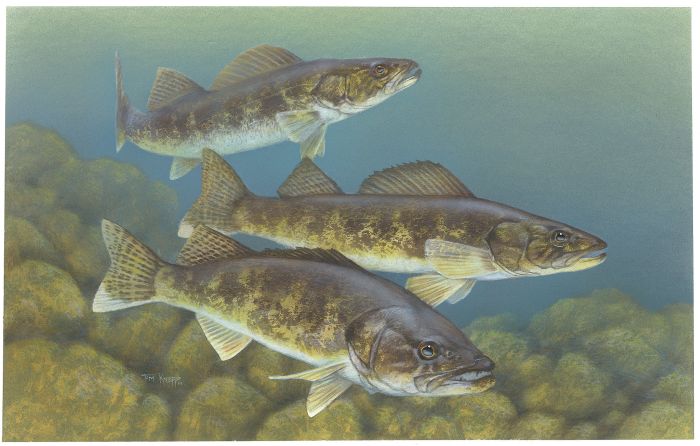
The spring walleye run is fundamentally driven by the fish’s reproductive cycle, triggered by a combination of increasing daylight hours, warming water temperatures, and biological imperatives. As waters warm to approximately 40-48°F, walleye begin their journey from deeper wintering areas toward shallow spawning grounds. Males typically arrive first, with females following once conditions are optimal.
This migration isn’t a random movement but a precisely timed journey that walleye undertake with remarkable consistency year after year. Understanding this biological imperative helps explain why walleye concentrate in specific areas during spring, creating the density of fish that makes the spring run so productive for anglers. The migration can span several weeks, with waves of fish moving through systems as conditions fluctuate.
Prime River Systems for Spring Walleye
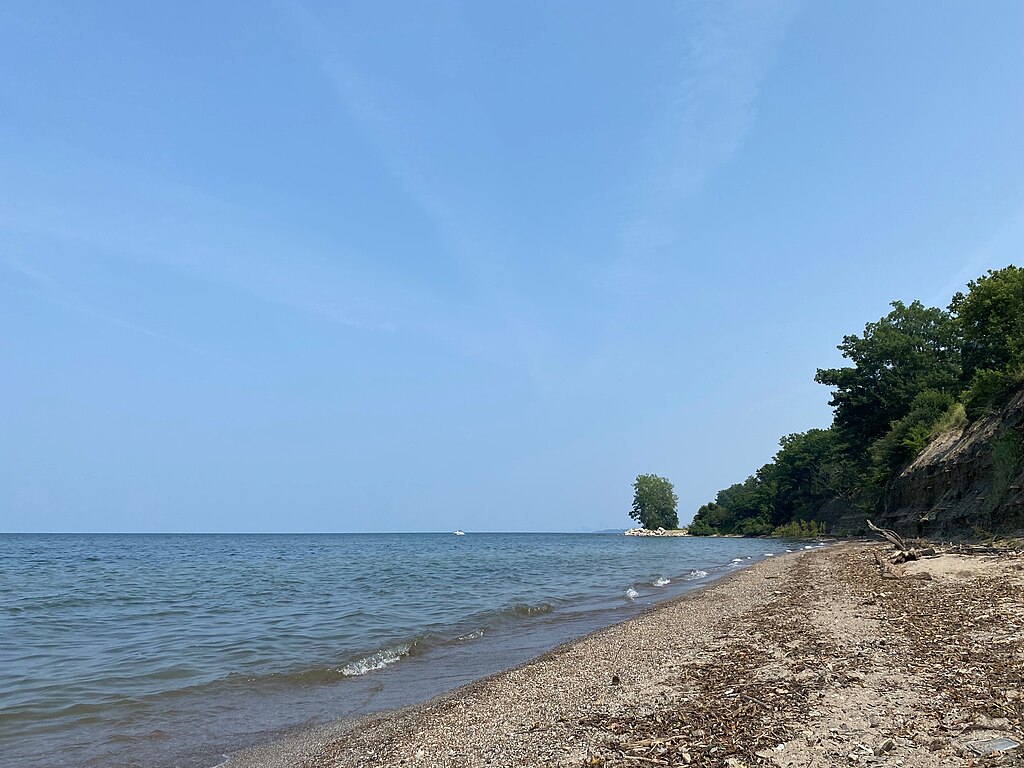
River systems connected to large lakes often provide the most spectacular walleye runs in North America.
The Detroit River connecting Lake St. Clair to Lake Erie hosts one of the continent’s most famous runs, with thousands of trophy-sized walleye moving through the system each spring. The Maumee and Sandusky Rivers in Ohio see massive migrations from Lake Erie, creating legendary fishing opportunities that draw crowds of eager anglers. In the Upper Midwest, the Mississippi River and its tributaries offer exceptional walleye action, particularly below dams where fish concentrate as they move upstream.
Other notable river systems include the Fox and Wolf Rivers in Wisconsin, the Rainy River on the Minnesota-Ontario border, and the Missouri River system stretching through the Dakotas. Each of these waterways features unique characteristics, but all share the common trait of serving as critical spawning highways for walleye populations.
Reservoir Hotspots Worth Targeting

While rivers receive much of the attention during the spring walleye run, reservoirs offer equally productive opportunities with sometimes less fishing pressure. Key reservoirs like Lake Oahe in South Dakota see impressive walleye concentrations as fish stage near incoming tributaries and dam structures during the pre-spawn and spawn periods. Lake McConaughy in Nebraska transforms into a walleye angler’s paradise as fish move toward the inflowing North Platte River and rocky shorelines.
Other notable reservoirs include Lake Sakakawea in North Dakota, Lake Francis Case in South Dakota, and Cave Run Lake in Kentucky, which all host significant spring walleye movements. The advantage of reservoir fishing during the run often comes from the diverse structure options, from riprap areas near dams to shallow flats where warming occurs first.
Many reservoirs also benefit from walleye stocking programs that enhance natural reproduction, creating consistent opportunities for anglers year after year.
Natural Lakes That Deliver Spring Success

Natural lakes across the northern United States and Canada offer distinct spring walleye opportunities that differ somewhat from river systems. The Great Lakes, particularly Lake Erie (known as the “Walleye Capital of the World”), provide world-class fishing as massive schools of walleye stage offshore before moving to spawning areas along rocky shorelines and river mouths. Smaller natural lakes like Mille Lacs and Leech Lake in Minnesota feature extensive shallow rock and gravel areas that attract spawning walleye in impressive numbers during spring.
In Canada, Lake Winnipeg has gained international recognition for its spring trophy walleye fishery, with fish often exceeding 10 pounds. The timing on natural lakes typically runs slightly later than river systems, as these bodies of water warm more slowly and uniformly than rivers. Many natural lakes also feature distinct walleye populations that may spawn at slightly different times, extending fishing opportunities through a longer spring window.
Timing the Pre-Spawn Period
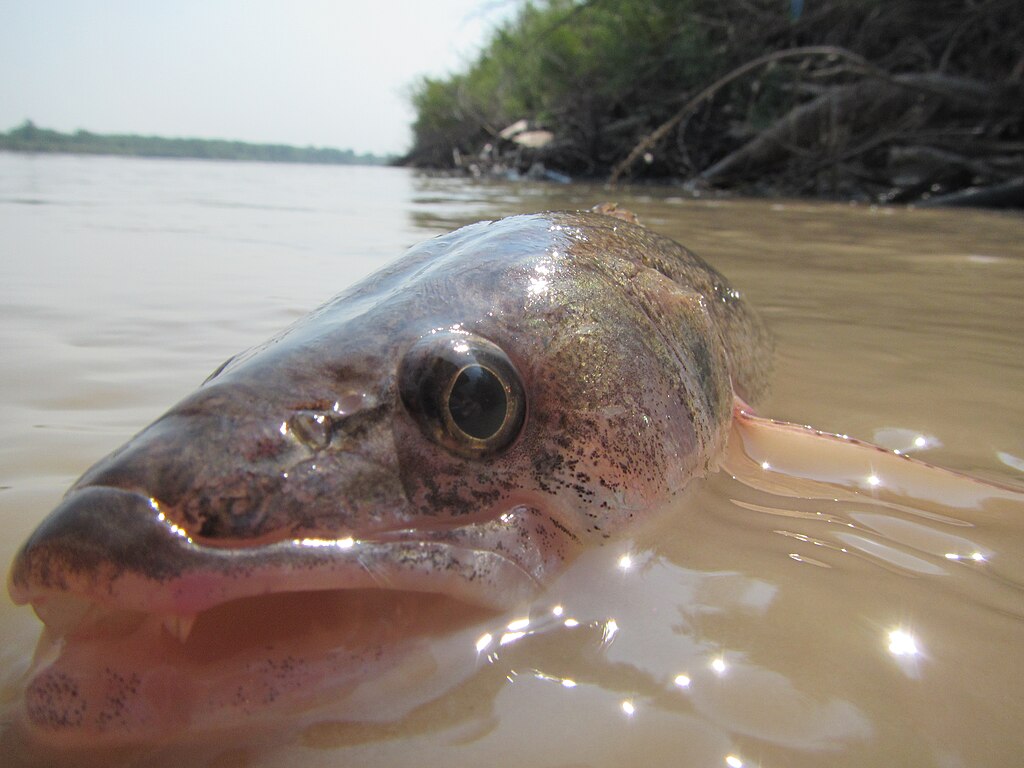
The pre-spawn period represents perhaps the most overlooked opportunity during the spring walleye run, occurring just before fish reach their spawning grounds. During this stage, walleye are actively feeding and congregating in staging areas, making them both easier to locate and more likely to strike.
Water temperatures between 38-42°F typically signal the beginning of this pre-spawn activity, often coinciding with ice-out on northern lakes or the first significant warm spells of late winter. During pre-spawn, focus on deeper water adjacent to eventual spawning grounds – areas like river channel edges, deep flats near shallow rock piles, or the deep side of shoreline breaks.
The pre-spawn period may last just a few days on smaller systems but can extend for weeks on larger bodies of water like the Great Lakes. This phase offers the advantage of targeting actively feeding fish that haven’t yet entered the sometimes-finicky spawning mode.
Identifying Prime Spawning Windows
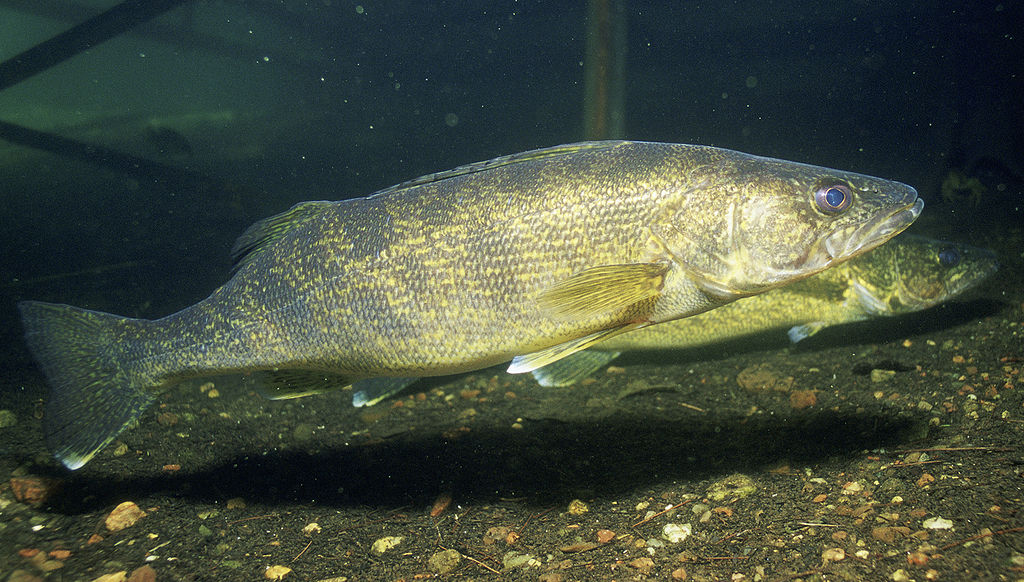
The actual spawning period for walleye typically occurs when water temperatures reach 42-48°F, though this can vary slightly by region and population. In most northern waters, this corresponds to a timeframe from late March through April, while more southern waters may see spawning as early as February. The spawn itself is heavily influenced by photoperiod (length of daylight), with the fish’s internal biological clock responding to the increasing daylight hours of spring.
Walleye typically spawn at night, with peak activity occurring during the first few hours after sunset when males and females gather over suitable substrate – usually clean rock, gravel, or even woody debris in some systems. Moon phases also play a role, with many experienced anglers noting increased spawning activity around full moon periods.
Spawning itself usually lasts just a few days for individual fish, though the overall run may extend for weeks as different segments of the population spawn at slightly different times.
Post-Spawn Recovery Patterns
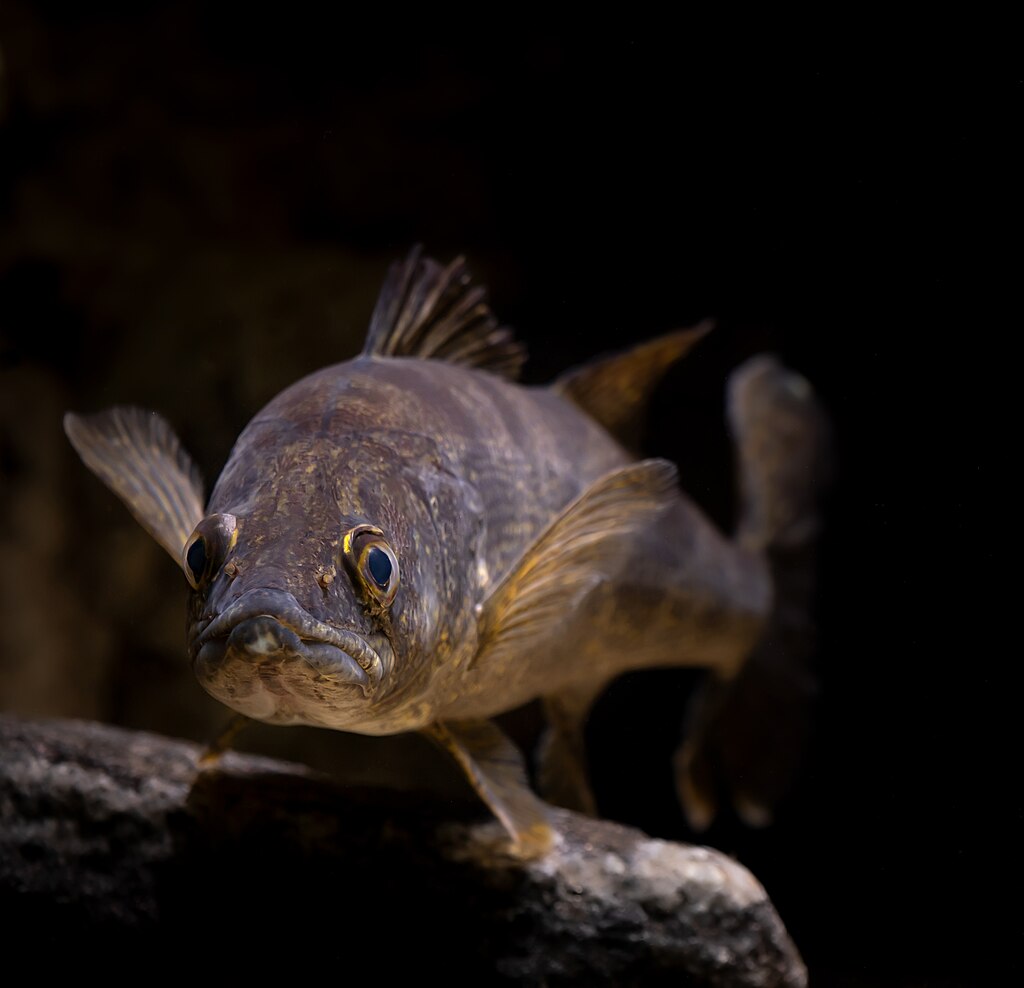
Following the intensive energy expenditure of spawning, walleye enter a recovery period that presents another excellent fishing opportunity often overlooked by anglers who focus solely on the spawn itself. During post-spawn recovery, walleye typically retreat to nearby deeper water where they rest and gradually resume feeding.
Males recover more quickly than females, which have expended significantly more energy in egg production. This recovery period usually coincides with water temperatures climbing into the low 50s°F and can last anywhere from a few days to a couple of weeks depending on conditions.
Post-spawn walleye often hold along the first significant drop-offs adjacent to spawning grounds, sometimes suspending off structure rather than relating tightly to bottom. As their metabolism increases with warming water, these post-spawn fish begin actively feeding again, creating an excellent opportunity for anglers who understand this transitional period.
Many experienced walleye anglers consider this post-spawn window as productive as the pre-spawn period, with the added advantage of less fishing pressure.
Weather Patterns That Impact Success
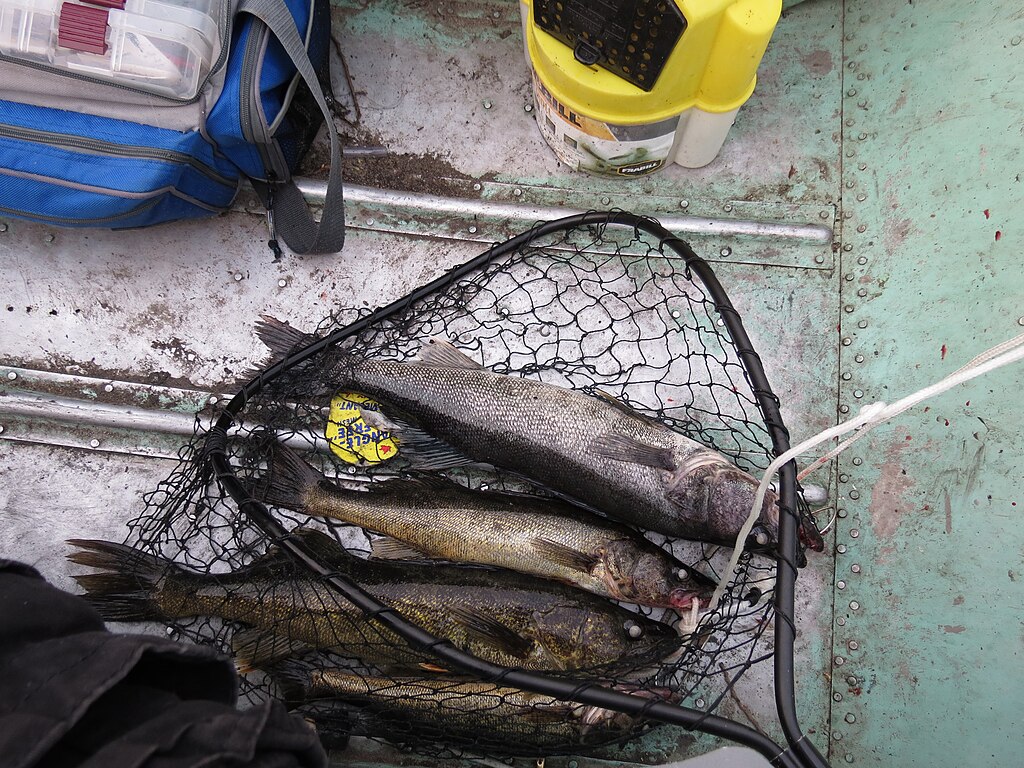
Weather conditions significantly influence walleye behavior during the spring run, creating both challenges and opportunities for anglers. Cold fronts can temporarily slow or pause migratory movements, causing fish to become less active and more difficult to catch.
Conversely, stable weather with gradually warming temperatures often triggers the most consistent fish activity and feeding. Precipitation impacts water levels and clarity, with moderate rises in water levels sometimes stimulating movement while heavy flooding can disperse fish and make fishing difficult. Wind direction also plays a crucial role, particularly on larger bodies of water, as it can influence current patterns and baitfish movements.
South and southwest winds typically accelerate warming and increase activity, while north winds often have the opposite effect. Barometric pressure changes affect walleye feeding behavior as well, with stable or slowly falling pressure generally producing better results than rapidly rising pressure following a storm system.
Effective Tackle and Gear Selection

Successful spring walleye fishing requires specialized tackle tailored to the unique conditions and techniques employed during the run.
Medium-light to medium-power spinning rods in the 6’6″ to 7’6″ range provide the ideal combination of sensitivity and casting ability for most spring tactics. Pair these with 2000-3000 series reels spooled with 8-10 pound test monofilament or fluorocarbon for general applications, or 10-15 pound braided line with a fluorocarbon leader when fishing in areas with heavy current or structure. Jigs remain the most versatile tool for spring walleye, with 1/8 to 3/8 ounce heads being most versatile, though river anglers may need weights up to 3/4 ounce to maintain bottom contact in strong currents.
For presentations, stock your tackle box with an assortment of plastic tails (3-4″ paddle tails and ringworms), hair jigs, and live bait rigs for tipping with minnows or nightcrawlers. Additionally, shallow-running crankbaits, suspending jerkbaits, and blade baits should round out your spring arsenal, allowing adaptability as conditions and fish preferences change throughout the run.
River Tactics That Produce Limits
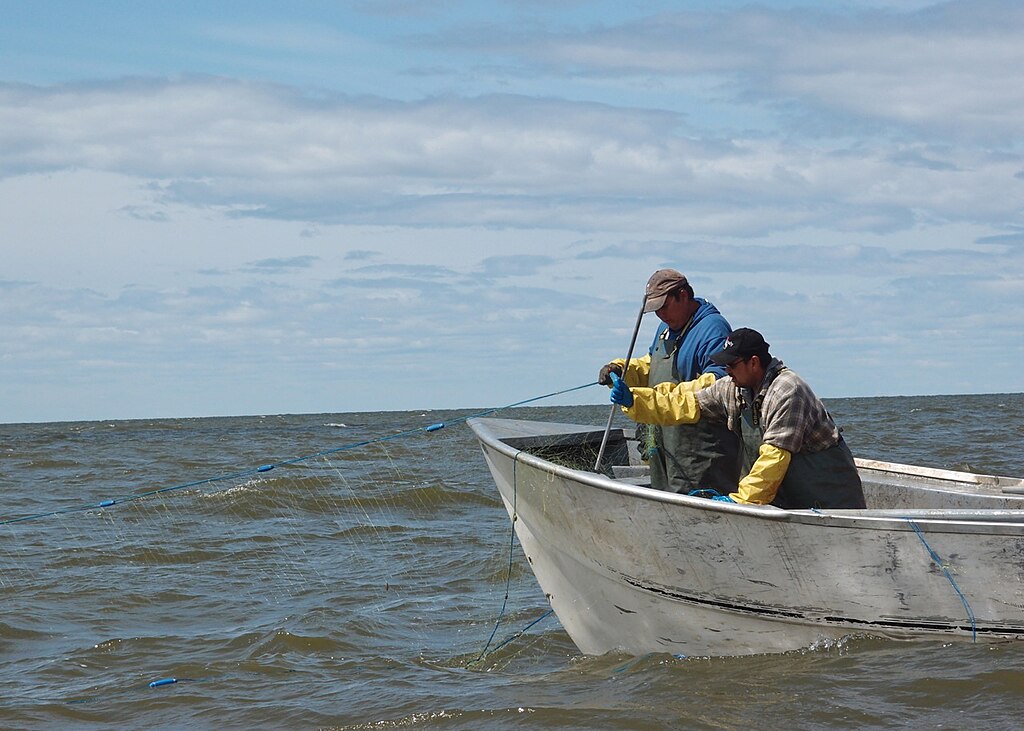
River fishing during the spring walleye run requires specialized techniques that account for current, depth changes, and fish positioning. Vertical jigging stands as perhaps the most productive approach, allowing precise presentation in the current seams and eddies where walleye rest during their upstream migration.
Position your boat directly above likely holding areas and maintain bottom contact with your jig while imparting subtle movements. In areas with moderate current, controlled drifting with three-way rigs can effectively cover water while keeping baits in the strike zone. When walleye hold in shallower runs and flats, casting upstream with lighter jigs and working them back with the current often triggers aggressive strikes. During peak migration periods, particularly at night, casting shallow-running stick baits or suspending jerkbaits parallel to shorelines can intercept active fish moving along edges.
Some river systems also allow for shore fishing, where long casts with weighted floats and minnow rigs provide an effective presentation, especially in areas where shoreline access puts anglers within reach of deeper channels or current breaks.
Lake and Reservoir Strategies
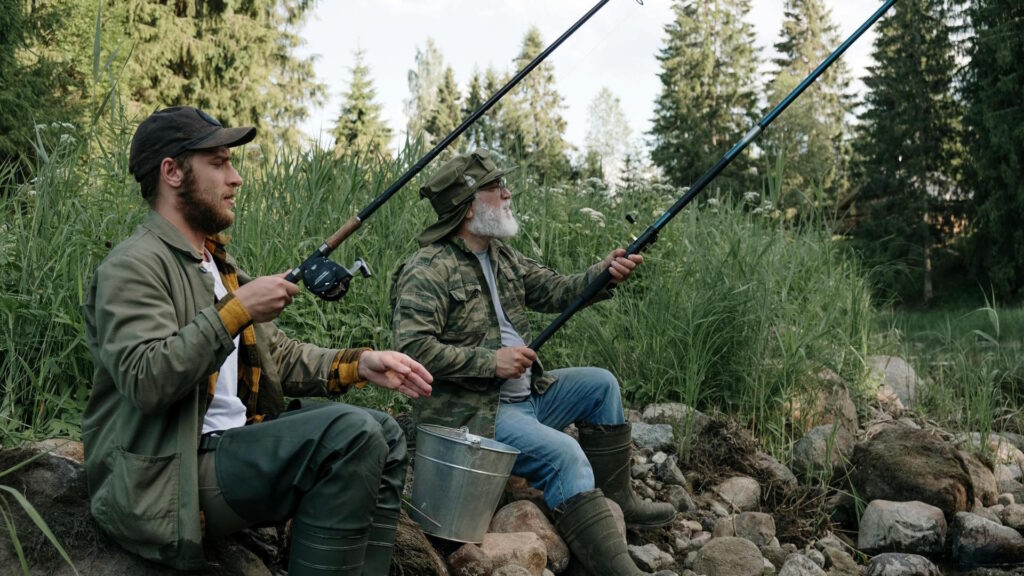
Lakes and reservoirs demand different approaches than rivers during the spring walleye run, with fish typically using specific structural elements as they stage and spawn. During the early pre-spawn period, focus on main lake points, especially those that feature transitions from rock to softer bottoms, using slip-bobber rigs with live minnows or slow-trolled crankbaits at appropriate depths.
As waters warm and fish move shallower, target wind-blown shorelines with rock and gravel substrate, where wave action provides oxygen and concentrated food sources. Shallow rock humps, gravel bars, and riprap areas near dams become increasingly productive as spawning approaches, with slip-bobber presentations and casting jigs proving particularly effective.
After dark, some of the most productive fishing occurs when casting shallow-running minnow baits parallel to shoreline spawning areas, with a slow, steady retrieve punctuated by occasional pauses. For reservoirs with incoming tributaries, focus efforts near these inflows where current creates staging areas and concentrates both walleye and their forage.
Night Fishing Opportunities
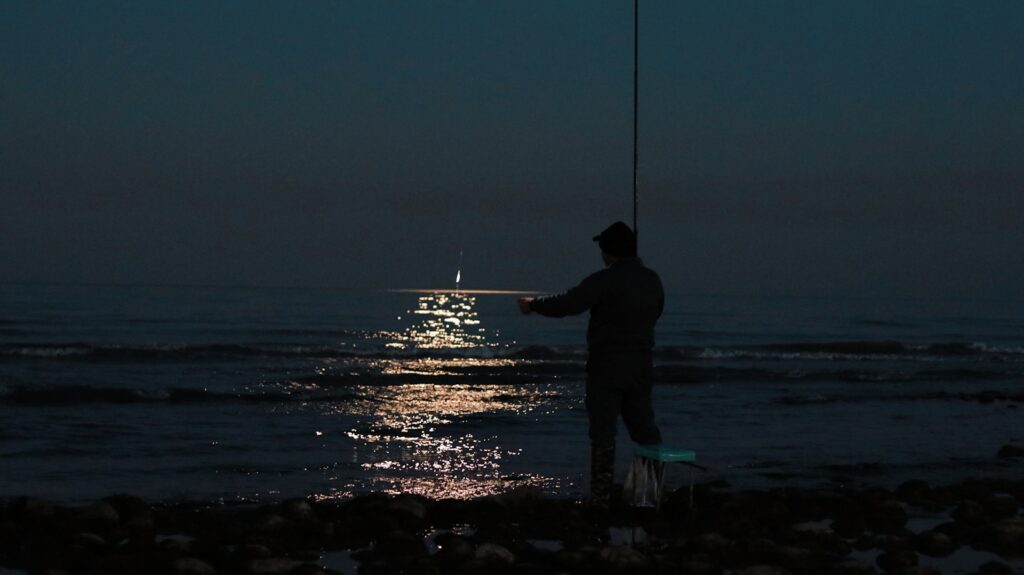
While daytime fishing can be productive during the spring walleye run, night fishing often presents the ultimate opportunity for trophy catches and consistent action. Walleye are naturally nocturnal predators with specialized vision that gives them a distinct advantage in low-light conditions. During the spawn, much of their activity occurs after sunset, making night fishing particularly effective. Shoreline areas with clean rock and gravel that warm during the day become prime targets after dark as spawning walleye move extremely shallow – sometimes in just 1-3 feet of water.
Casting suspending jerkbaits, shallow crankbaits, or even large profile soft plastics parallel to these shorelines can produce remarkable results. When night fishing, prioritize safety with proper lighting, life jackets, and fishing with a partner whenever possible. Reduce noise and light to avoid spooking fish in the shallow water, and consider using black lights and fluorescent line to detect subtle strikes.
Some of the largest walleye of the year are caught during night sessions in spring, particularly during the full moon periods that often coincide with peak spawning activity.
Conservation Considerations During the Run
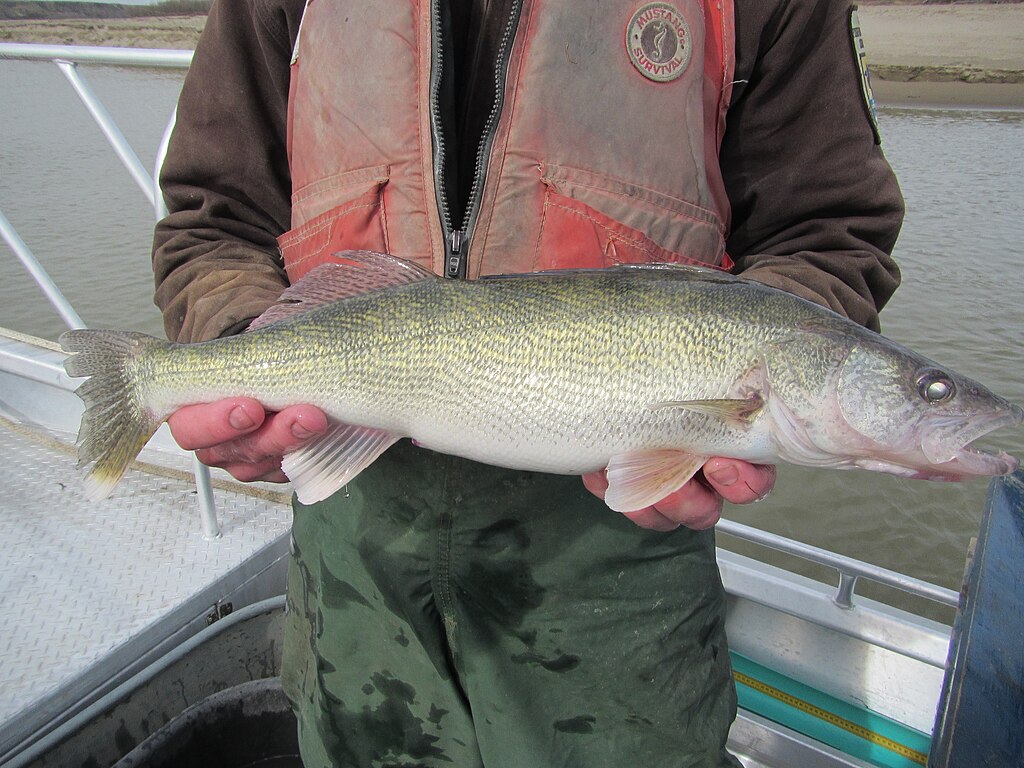
The concentrated nature of spring walleye runs requires anglers to practice responsible conservation to ensure the sustainability of these fisheries. Many jurisdictions implement special regulations during spawning periods, including closed seasons, reduced bag limits, or catch-and-release requirements for certain size ranges – particularly for the egg-laden females that represent the future of the fishery. When practicing catch-and-release during the spawn, minimize handling time and keep fish in the water whenever possible.
Avoid fishing in extremely shallow water where spawning activity is visibly occurring, as this can disrupt the reproductive process even if fish are released. Consider using single hooks instead of trebles on lures to reduce injury, and barbless hooks for easier releases with minimal damage. Responsible harvest means taking only what you’ll use, focusing on male fish when possible during the actual spawn, and following all local regulations.
The concentrated spring fishery puts significant pressure on walleye populations, making ethical angling practices particularly important during this vulnerable period.
Planning Your Spring Walleye Adventure
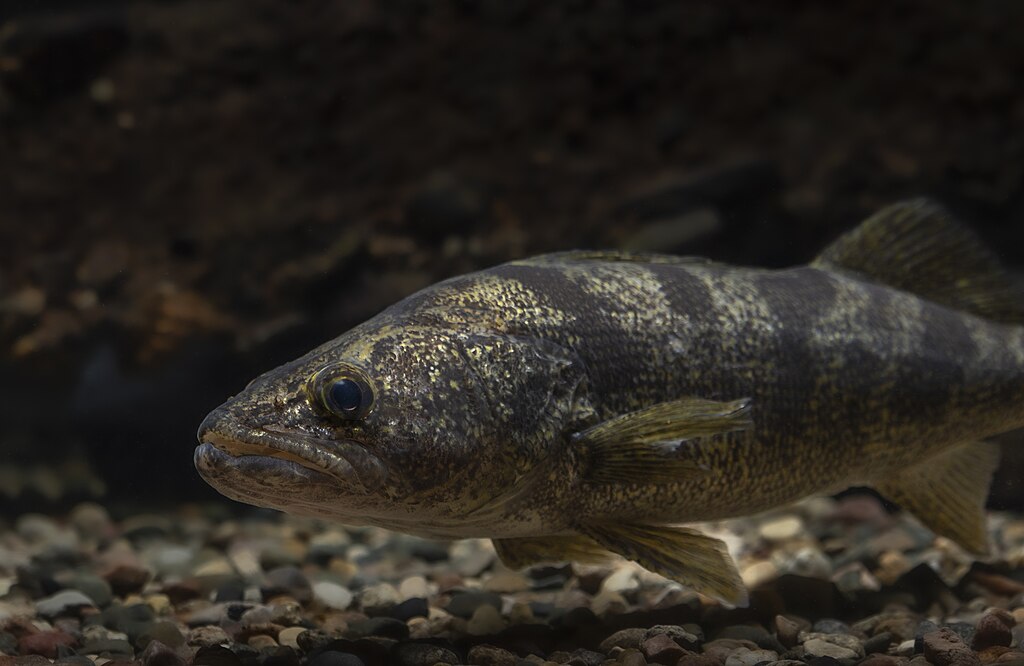
Successfully targeting the spring walleye run requires thoughtful planning and preparation well before the season begins. Start by researching potential destinations and their typical run timing, understanding that northern locations will generally see later runs than southern waters. Contact local bait shops, fishing guides, or conservation officers for up-to-date information on water conditions and fish activity as your trip approaches.
Consider booking accommodations well in advance, as popular walleye destinations often fill quickly during peak run periods. Prepare your gear thoroughly, ensuring reels are cleaned and lubricated, line is fresh, and you have adequate supplies of the most productive baits for your chosen destination. Pack appropriate clothing for variable spring conditions, including quality rain gear and layering options for changing temperatures.
Finally, remain flexible with your plans, as spring weather and water conditions can change rapidly, sometimes delaying or accelerating the run by a week or more. Having backup dates or alternative destinations can salvage a trip when conditions don’t align with your original plan.
Conclusion
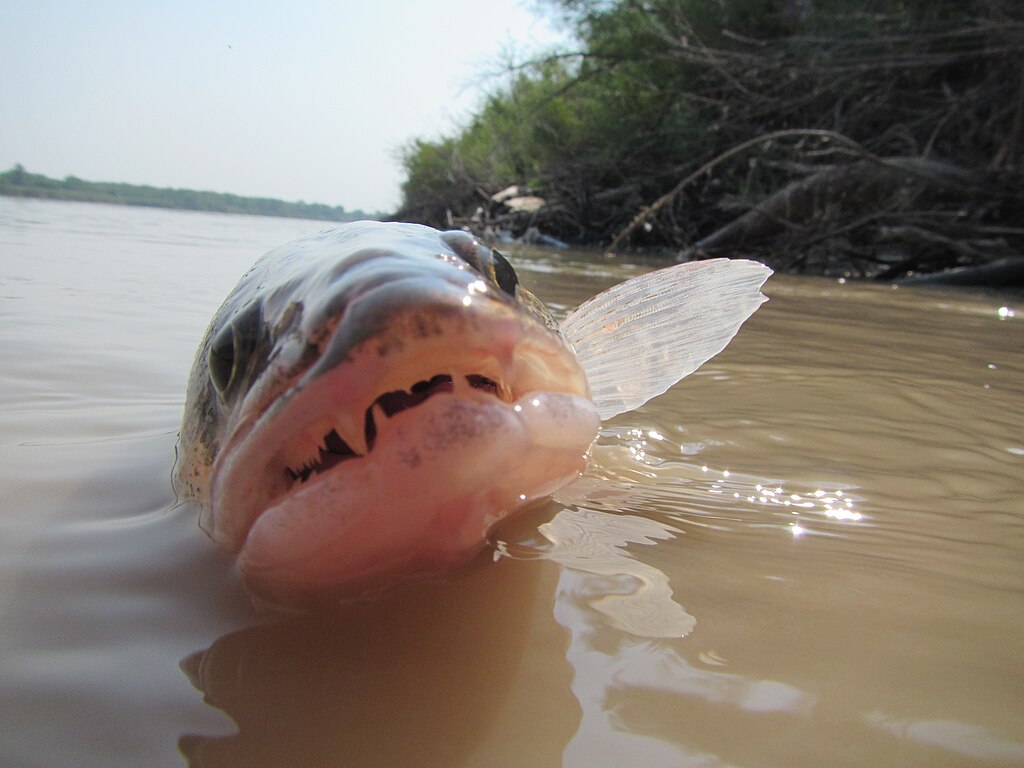
The spring walleye run represents not just a prime fishing opportunity but a connection to one of nature’s most reliable and impressive annual migrations. By understanding the biological triggers, timing windows, and location-specific tactics outlined above, anglers can maximize their success during this exciting seasonal event.
Whether casting from shore along a tributary river, drifting through reservoir spawning flats, or working the night bite on a natural lake, the spring walleye run offers something for every angler willing to learn its patterns. As with all fishing pursuits, success comes from combining knowledge with experience, adapting to changing conditions, and respecting the resource through conservation-minded practices.
With proper preparation and the right approach, your next spring walleye adventure could produce both memorable catches and a deeper appreciation for these remarkable fish and their spawning journey.




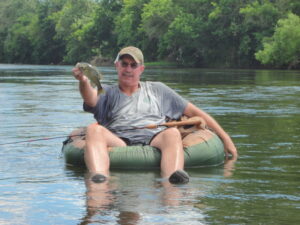
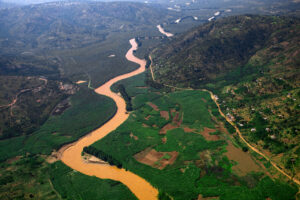








Post Comment